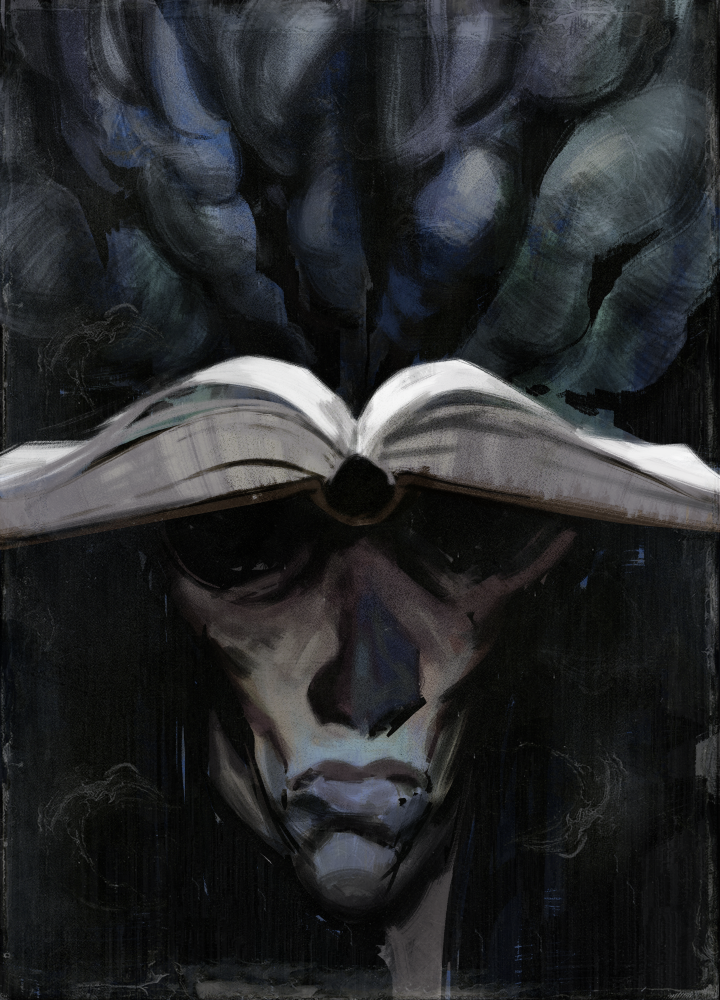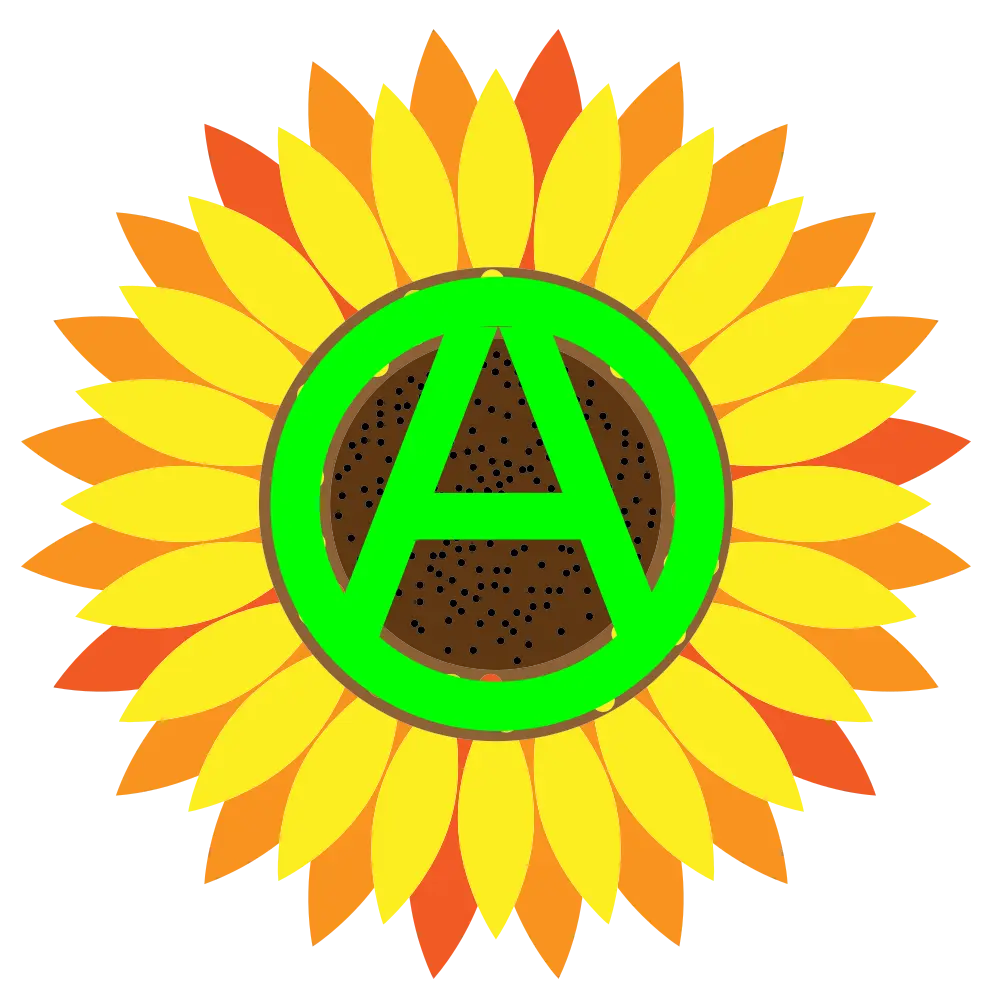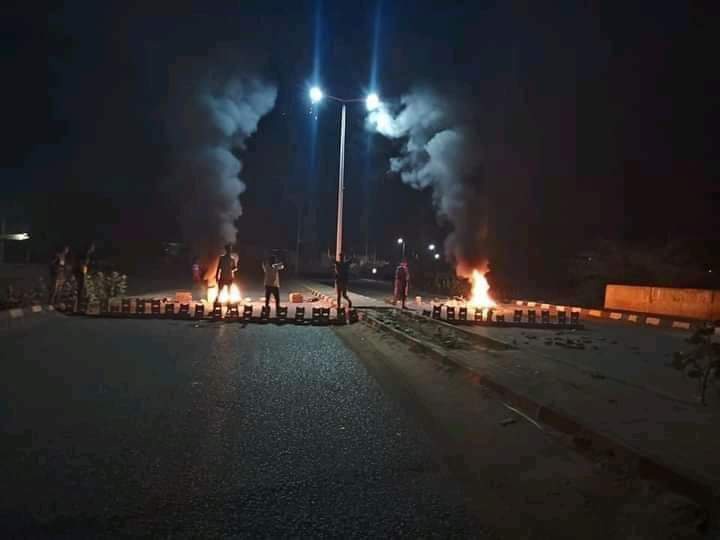The ideas of the Resistance Committees historically were explored as early as the 1990s. The idea was to provide the opposition with a closely knitted organizational front. The Communist Party had a long history of encouraging the idea of communes as a form of democracy based on the Soviet experience and as a response to the state’s excessive and violent crackdown on multiple forms of political representation. It was also part of a more inclusive democratization narrative where people sought to substitute politics from above and big man politics with micro governance systems where they redefined their relationship with the state and its institutions and tried to find ways to hold it accountable at a local level.
In 2013 and 2014 when the first uprisings took place, The National Consensus Front, of which the Communist Party was a member, sought to deal with popular detachment from politics through building political organization in the workplace for unions and neighborhood committees. They worried that the weakness of the two main coalitions active at the time – Sudan Call and the National Consensus Front – combined with the proliferation of liberal civic agendas funded by Western aid money would increase the rift between them and the popular masses. At that point the Resistance Committees were composed of members representing their political institutions and served as a dormant though extended group of the affiliated political bodies.
It was only in December 2018 and forward that the Resistance Committees emerged in their current form and organizational outlook, and started expressing political agendas and demands away from mainstream politics and politicians.


